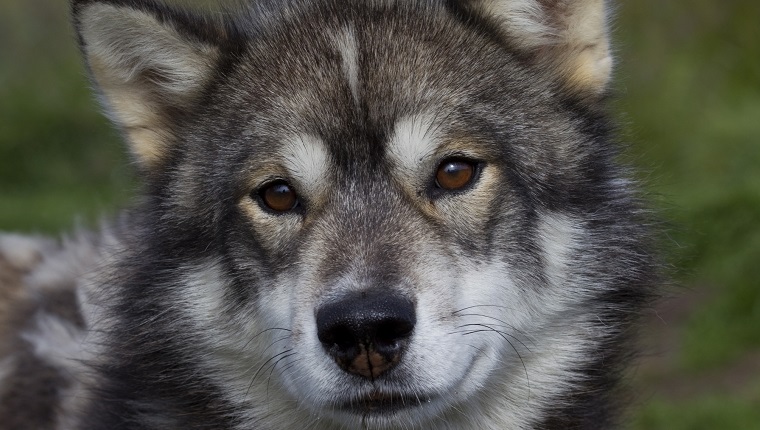The eyes are supposed to be the windows to the soul in humans—but the same may be said for dogs. A new study suggests that dogs’ eyes may be a clue to their tendencies for communication.
According to the study, the shape of dogs’ and other canids’ eyes could hint at how much they make use of those eyes to communicate with their pack. This principle follows the old adage–form follows function. When the eyes are more visible on the face, this suggests that a particular species makes use of the “gaze signaling” technique with other members of its group.
The findings were obtained from studying over 25 species with canid eyes from over 320 samples. Researchers looked at the conspicuousness of the position of eyes on the face and the position of the pupils.
The study also considered the species’ backgrounds, whether they hunt in packs or live as lone wolves. The findings revealed that animals with more conspicuous, visible eyes used those eyes in communication more than those with less conspicuous eyes.
Among the social species, researchers also classified which were more social by the duration of their gazes at each other. The longer they held the gaze, the more likely they were to use that gaze as a means of communication with one another. They weren’t just looking with their eyes–they were saying things to each other with them.
Benefit Of Hunter Eyes
Just because certain canid eyes suggest sociability does not mean they are more advantageous for other tasks. Since some hunter eyes are less visible than their conspicuous counterparts, these predators may not use them for communication as much during the hunt.
Researchers theorize that less eye visibility is more beneficial to animals who hunt in pairs or alone. It’s possible that gaze-based communication does not offer as much value during the hunt for these predators. They may rely on other senses and techniques to communicate while taking down prey, or they may have less need for communication while hunting.
Understanding Dogs And Their Eyes
Dogs essentially come from wolves. Pet owners have canine domestication to thank for their tamer and friendlier animals. However, past studies have seen that domestication may have affected a gene that has ultimately changed and differentiated ancient dogs from the ones that we now know and love.
Amanda Pendleton, Ph.D. led a team in studying DNA of wolves and village dogs. They found that previous genetic studies that looked for commonality of dog traits actually focused on genetic links among breed dogs, rather than dogs overall. The study suggests that domestication of dogs by our human ancestors caused fundamental genetic changes on a cellular level that separate our pets from wolves.
“The neural crest hypothesis posits that the phenotypes we see in domesticated animals over and over again—floppy ears, changes to the jaw, coloration, tame behavior—can be explained by genetic changes that act in a certain type of cell during development called neural crest cells,” said Pendleton in an interview.
That’s why unlike wolves, most dogs now prefer to sleep with their owners at night. Wolves roam during nights as nocturnal creatures. Domestication may have changed a gene that affects dogs’ circadian rhythms.
Sociability and the position of canid eyes may also have been traits that changed with this evolution. That could be why your pooch’s “puppy-dog eyes” and loving gazes are so good at communicating your dog’s feelings and needs.
What do you think of these findings on dog evolution? Do you think your dog is more or less social based on the study on canid eyes? Sound off in the comments below!
Related articles:
How Petting And Gazing Into Your Dog’s Eyes Help You Bond
New Research Says These 3 Things Might Change Your Dog’s Personality




